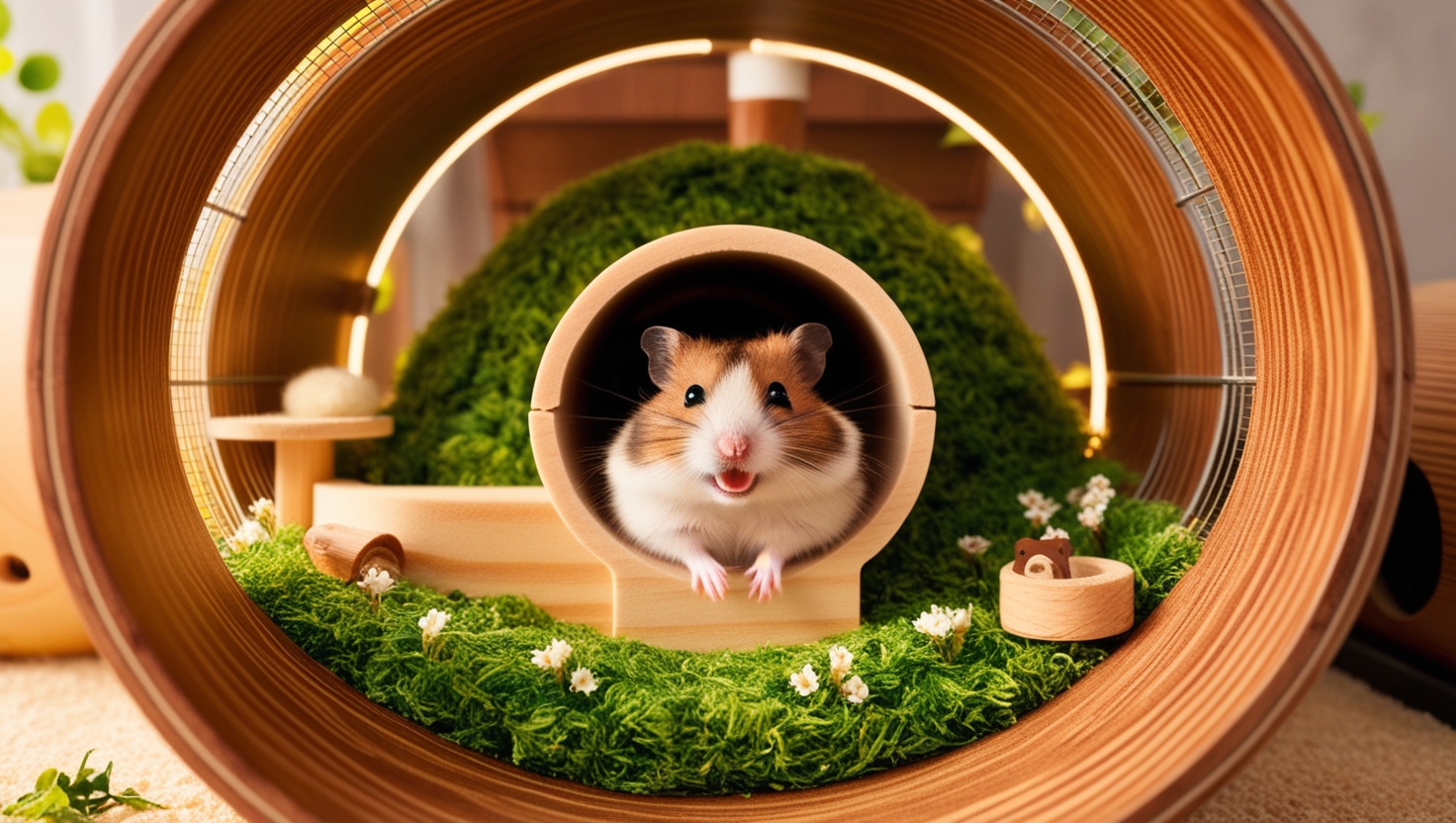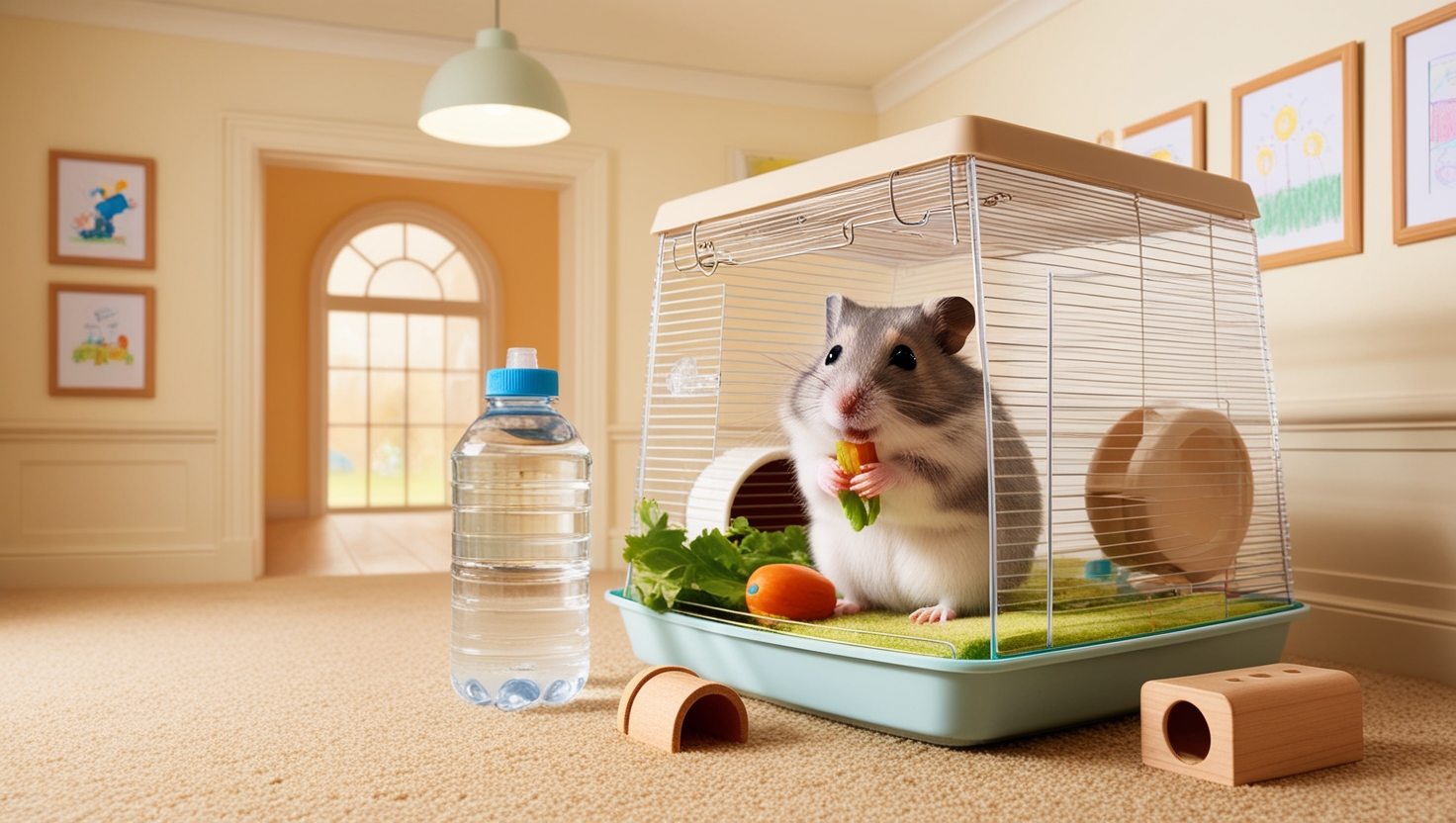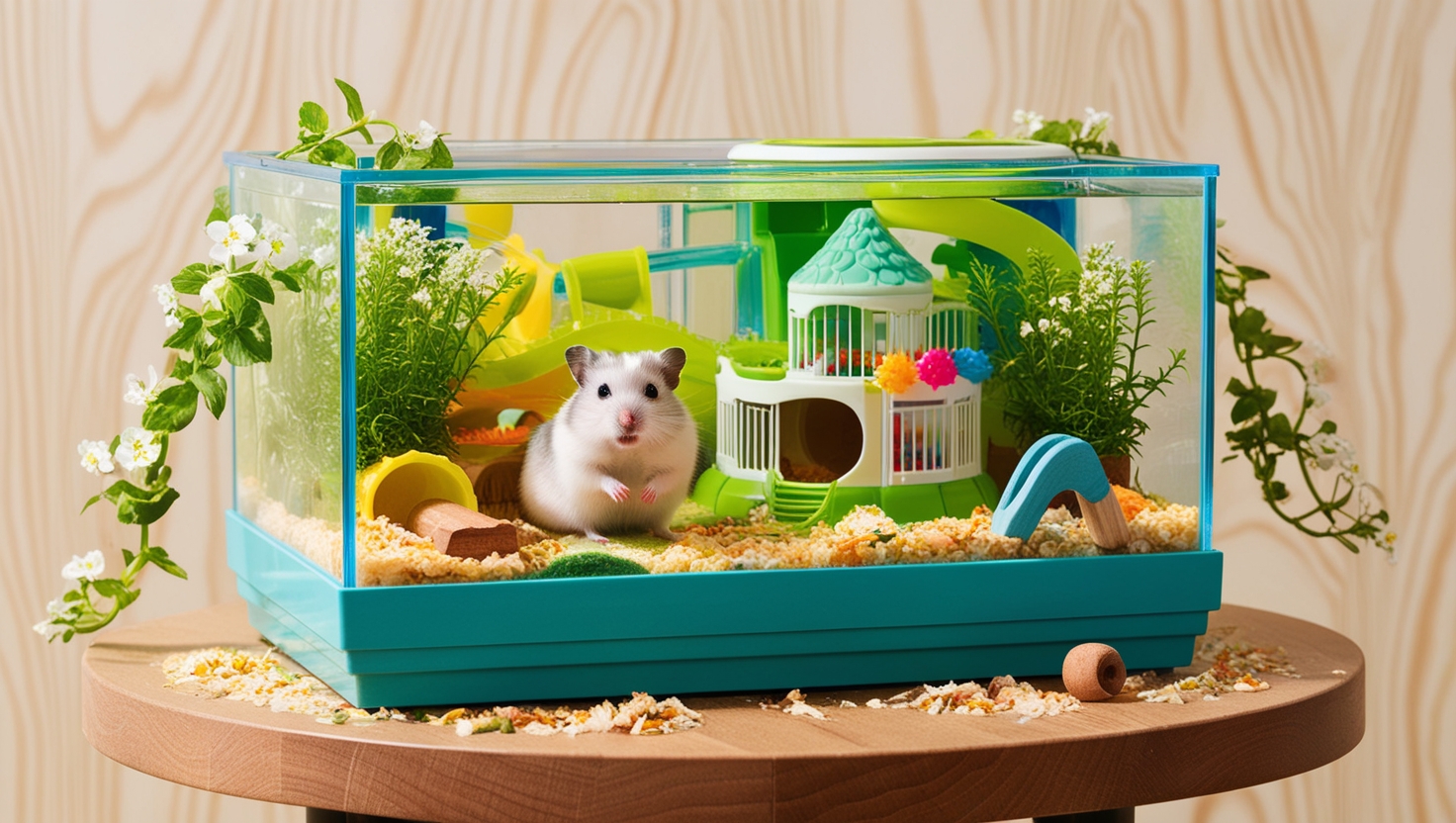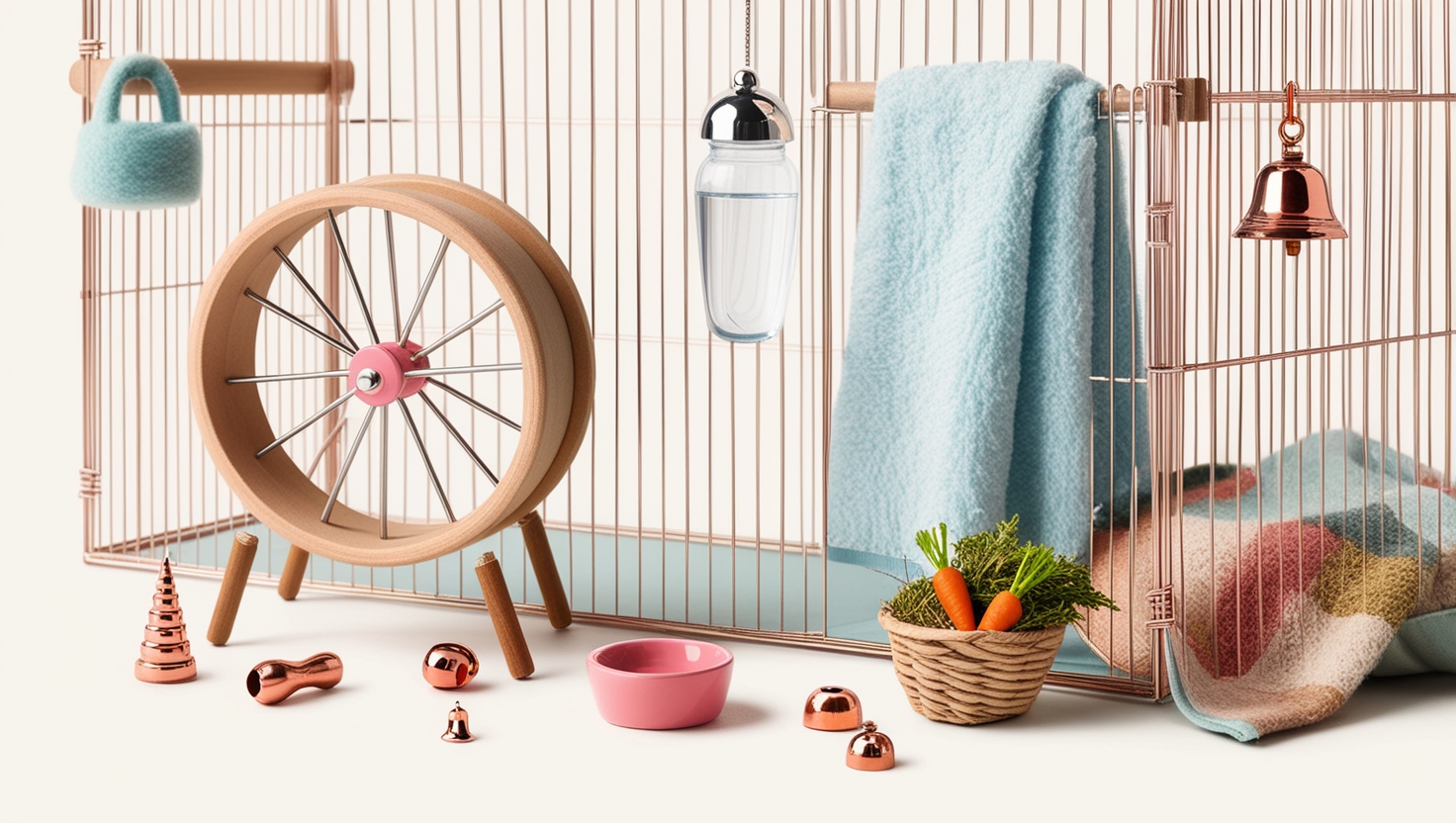So, you’re welcoming a tiny, fluffy hamster into your home – how exciting! As a fellow hamster enthusiast and long-time owner, I know firsthand how important it is to create a comfortable and enriching environment for these little creatures. And a crucial part of that is getting the lighting just right. You see, hamsters are very sensitive to their surroundings, and lighting plays a huge role in their overall well-being.
Why Lighting Matters for Your Hamster
To understand the importance of proper lighting, we need to take a peek into the natural world of hamsters. Originating from the wilds of Europe and Asia, hamsters are nocturnal creatures. This means they’re most active during the night and prefer to sleep through the day. While our domesticated hamsters might not be foraging for food under the moonlight, their instincts remain deeply ingrained.
Light serves as their internal cue, telling them when to sleep and when to wake up. Disrupting this natural rhythm with artificial light can lead to stress, sleep deprivation, and even health issues down the line.
Natural Light: The Gold Standard for Hamster Happiness
The ideal scenario is to house your hamster in a room that receives plenty of natural light during the day but doesn’t expose the cage directly to harsh sunlight. Think of a bright, airy room with windows that allow sunlight to filter in indirectly. This kind of setup mimics their natural habitat and allows your hamster to regulate their sleep-wake cycle naturally.
Artificial Light: Proceed with Caution
Now, let’s talk about artificial light. While it’s tempting to add a cute little lamp to your hamster’s cage, I strongly advise against it. Here’s why:
- Sleep Disruption: Artificial light, especially at night, interferes with your hamster’s natural sleep patterns. Just like us, hamsters need quality sleep to thrive.
- Stress and Behavioral Issues: Imagine being constantly bombarded with light when you’re trying to sleep – not fun, right? Hamsters experience the same thing. Chronic light exposure can lead to stress, anxiety, and even aggression in some hamsters.
- Safety Hazard: Lights in a hamster cage pose a potential fire hazard, especially if they get knocked over or chewed on. Additionally, the heat from some light bulbs can be dangerous and even cause burns if your hamster gets too close.
Expert Tips for a Perfectly Lit Hamster Home
- Location, Location, Location: Choose a spot for your hamster’s cage that receives natural light during the day but isn’t in direct sunlight.
- Day and Night Cycle: Mimic a natural day-night cycle by dimming the lights in the evening and ensuring the room is dark at night.
- Red Light Observation: If you enjoy observing your hamster at night, consider using a red light. Hamsters can’t see red light as well, so it’s less disruptive to their sleep.
“I always advise my clients to avoid placing hamster cages in bedrooms or areas with late-night activity,” says Dr. Sarah Miller, a veterinarian specializing in small animal care. “Creating a consistent day-night cycle is crucial for their well-being.”
By following these guidelines, you’ll be well on your way to providing your hamster with a comfortable and stimulating environment. Remember, a happy hamster is one that can sleep soundly in a dimly lit haven and wake up refreshed and ready to explore!







